
- +49 4123 9226385
- +49 155 66277238
- info@captainlanger.com

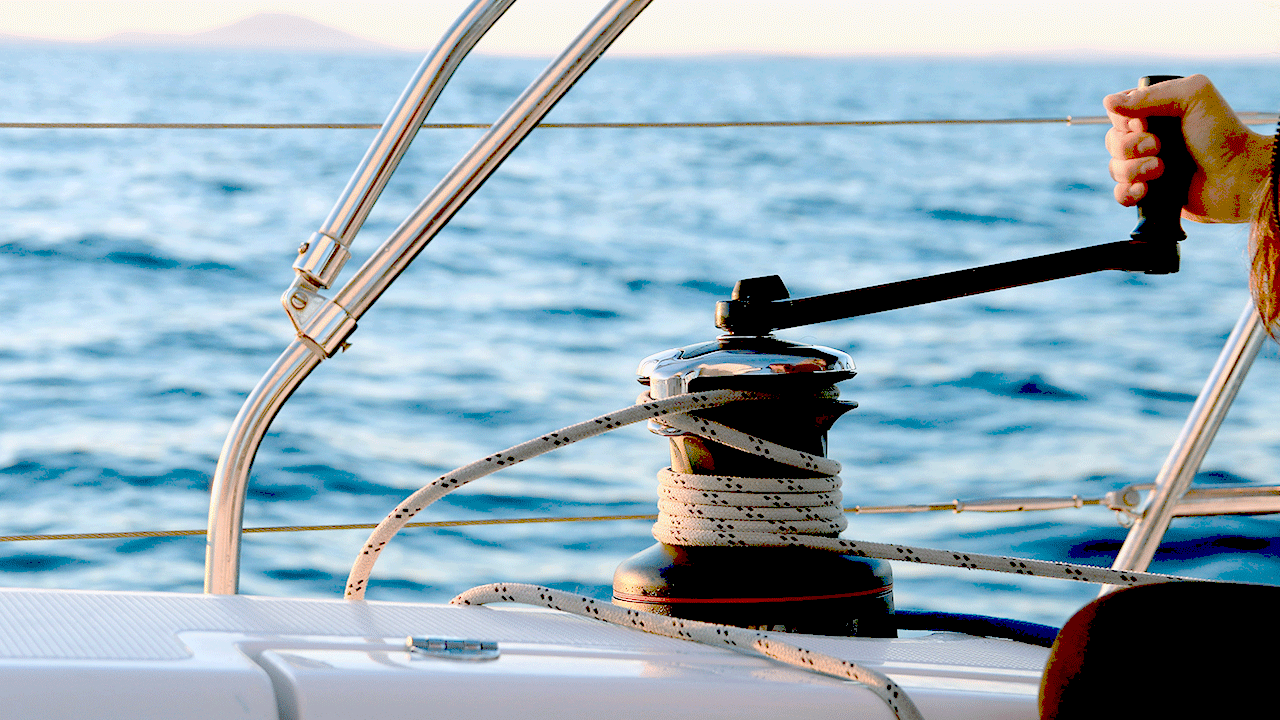
If you recognize yourself in one of the following exemplary scenarios, then our training courses are exactly right for you.
Talk to us!
We will immediately send you an individual offer to help you achieve your desired goals.
In order to achieve the best possible result for you, we only offer the modules for small groups and individually.
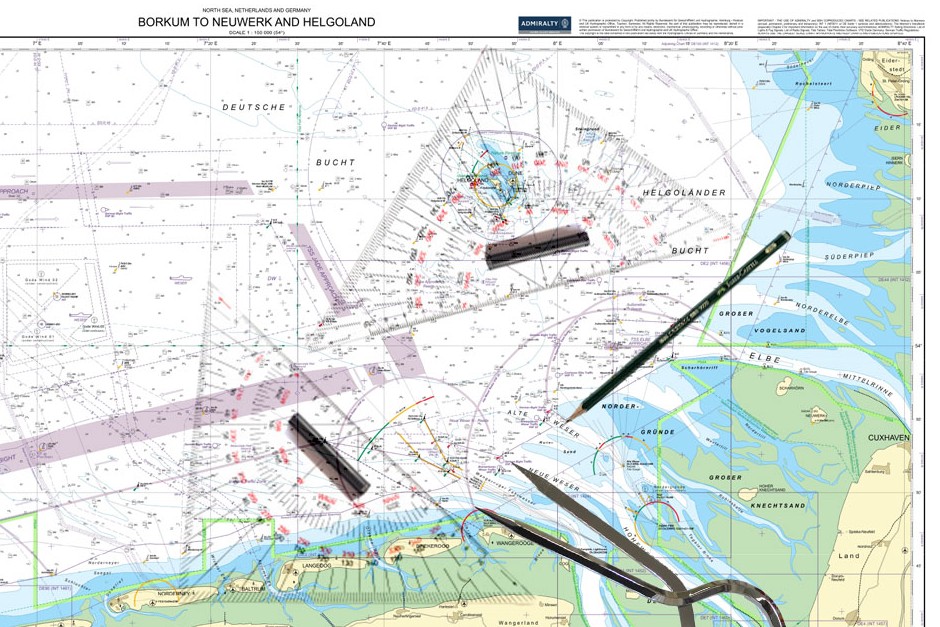
Terrestrial navigation is the use of visible objects on the Earth's surface, such as landmarks, lighthouses, or coastlines. It is primarily used when electronic navigation is unavailable or to verify it.
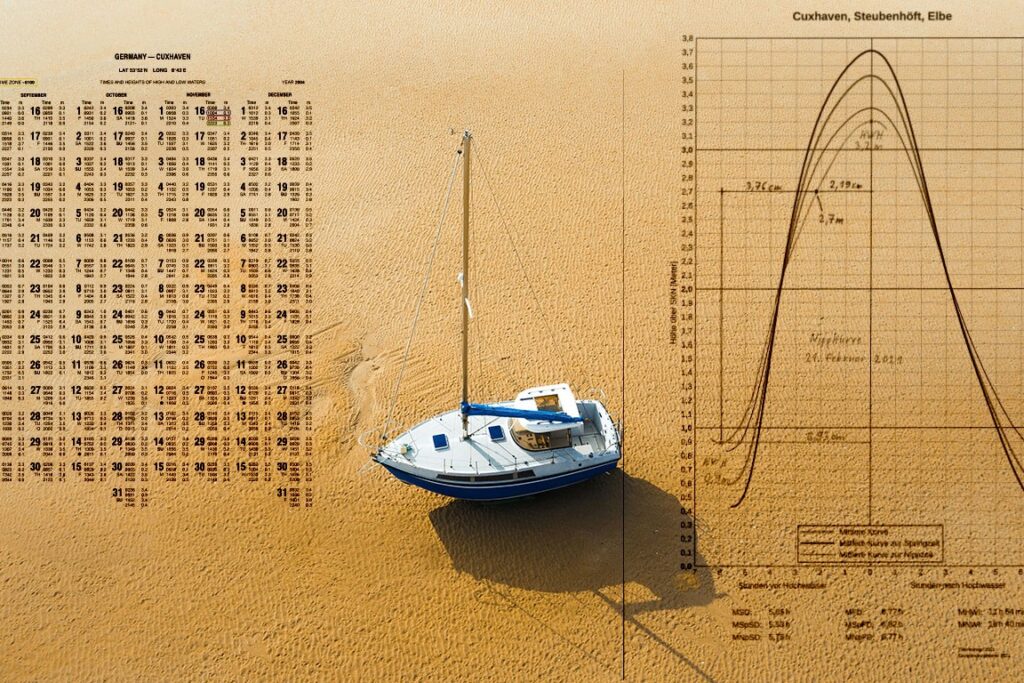
Tidal science deals with the periodic changes in water level in oceans and coastal waters, primarily caused by the gravitational pull of the moon and sun. It is crucial for safe navigation, especially in coastal and shallow waters.
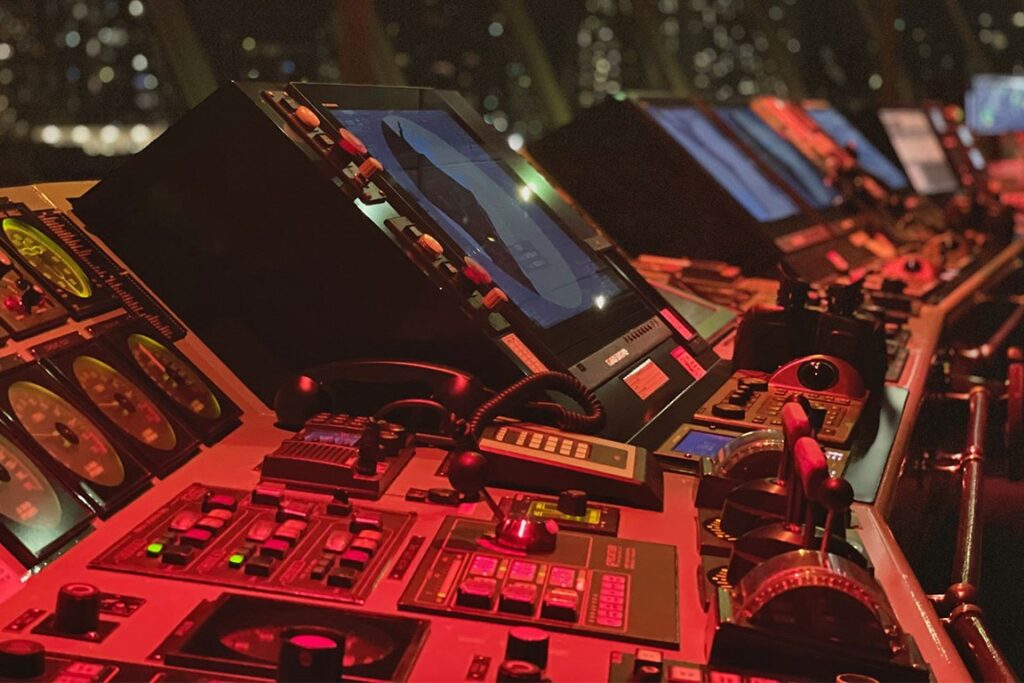
Technical navigation uses electronic aids such as GPS, radar, AIS, depth sounder, log, electronic nautical chart, etc. to determine position and navigate. It enables precise navigation regardless of visibility or terrestrial reference points.
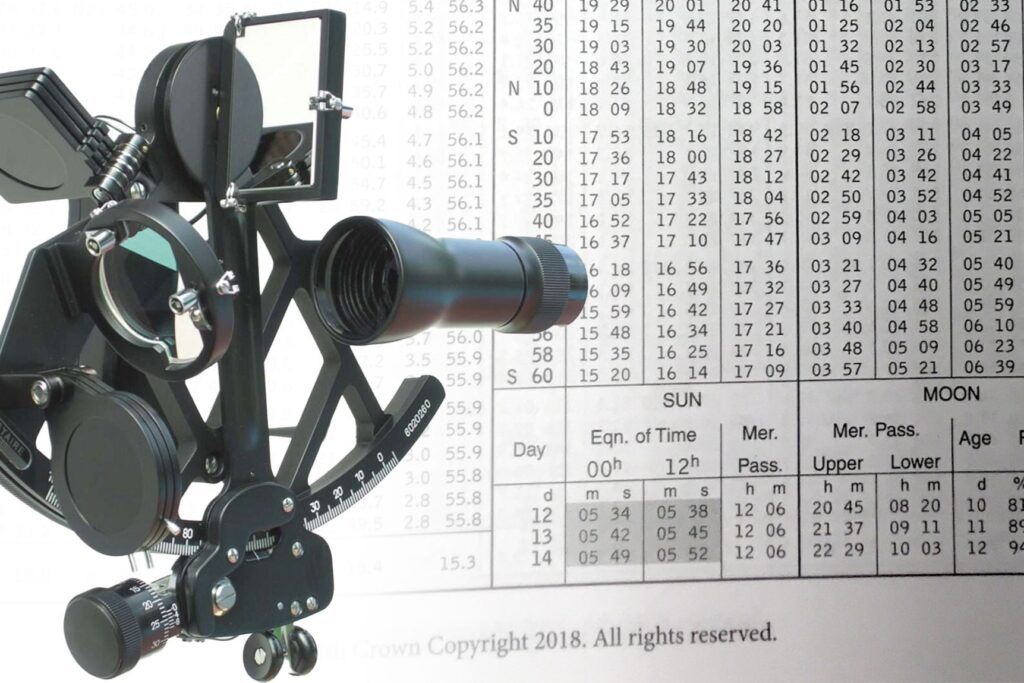
Astronomical navigation determines one's position using celestial bodies such as the sun, moon, planets, and stars, usually by angular measurements with a sextant. It was long the primary method for determining one's position at sea, especially before the introduction of modern electronic navigation systems.
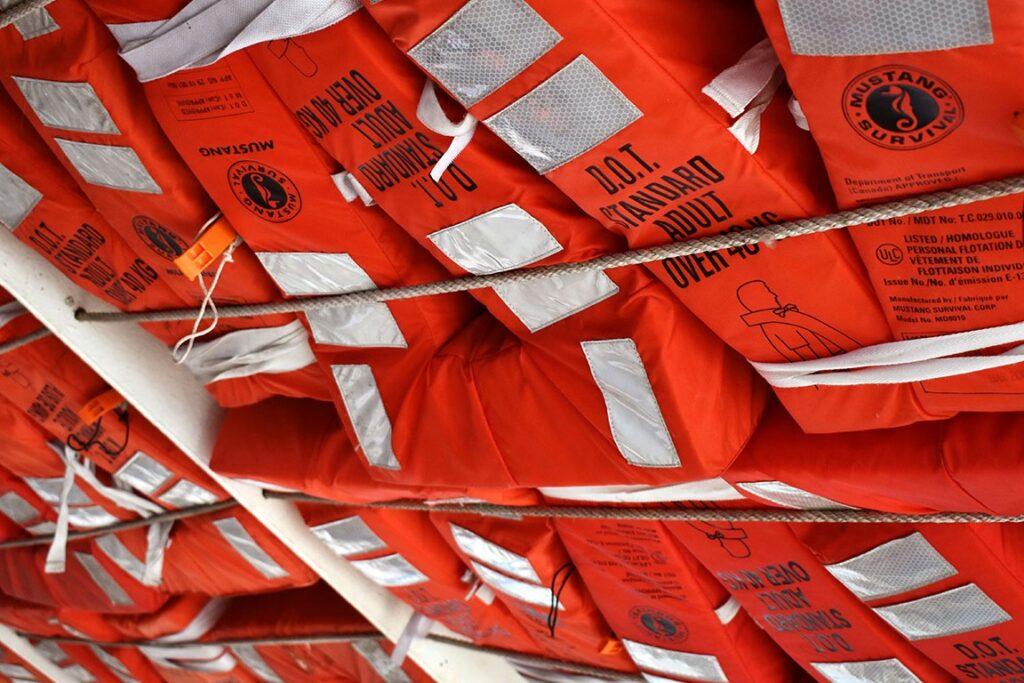
Safety at sea encompasses all measures taken to prevent accidents, protect human life, and preserve the ship's structure and equipment. These include, among other things, proper equipment, regular safety drills, navigational skills, and compliance with international regulations such as SOLAS.

Search and rescue (SAR) operations at sea are designed to quickly locate and assist people in distress at sea. They are coordinated and carried out by specialized organizations, often using ships, helicopters, and modern tracking systems.
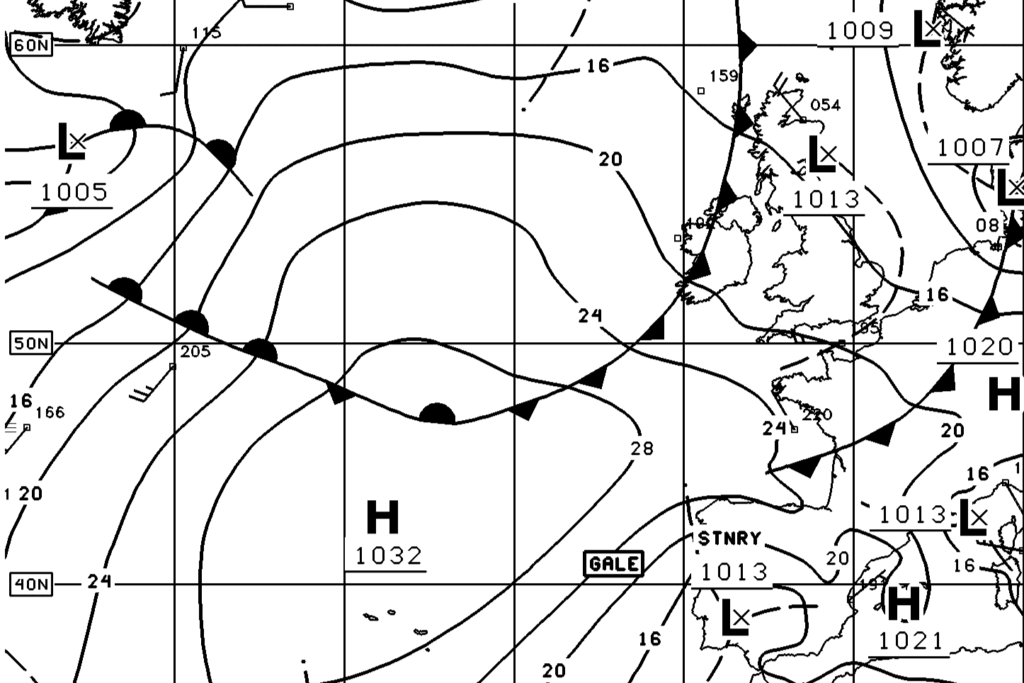
Maritime meteorology involves the observation and evaluation of weather phenomena at sea, including wind, waves, currents, fog, and storms. It is crucial for the safety and efficiency of shipping, as it helps identify hazards early and take appropriate measures.
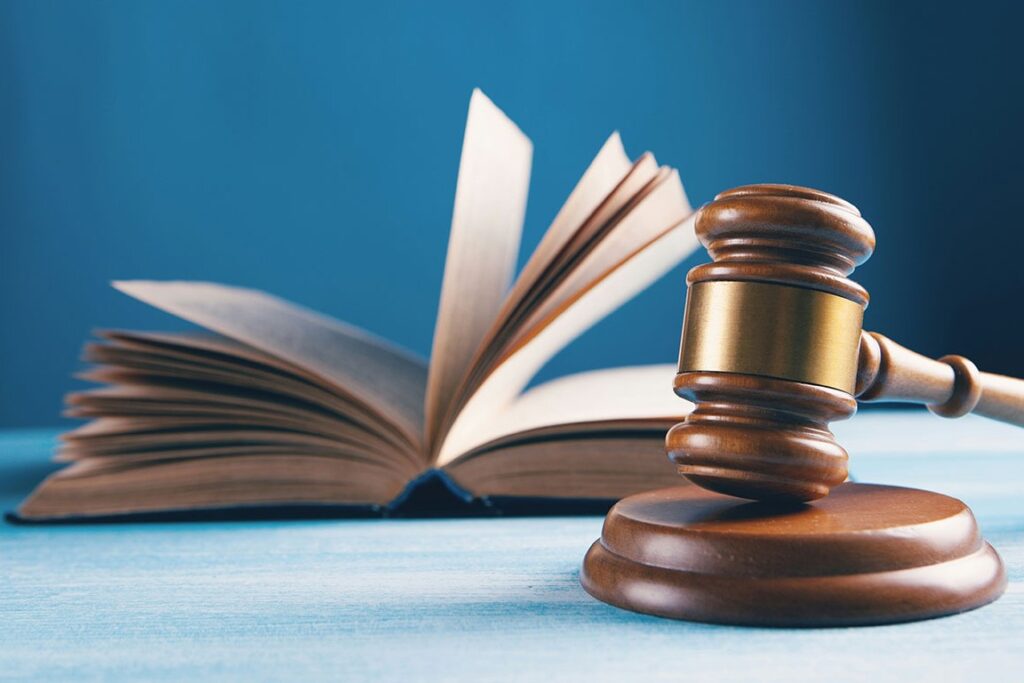
Shipping law regulates the legal basis of maritime transport, including issues relating to ship operation, flagging, liability, and international agreements. It serves the safety, order, and economic use of maritime space in a national and international context.
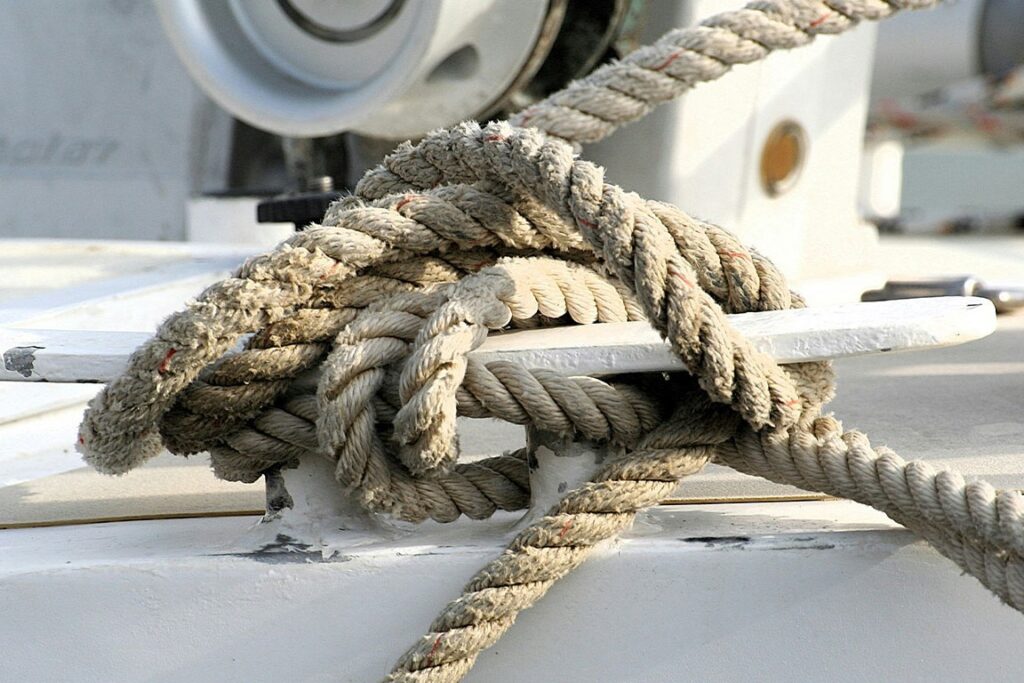
Seamanship encompasses the practical knowledge, skills, and behaviors required for the safe and effective operation of a vessel. These include, among other things, proper conduct on board, the operation of equipment, knot tying, maneuvering techniques, and responsible treatment of people and the environment at sea.
Have you discovered a module that interests you?